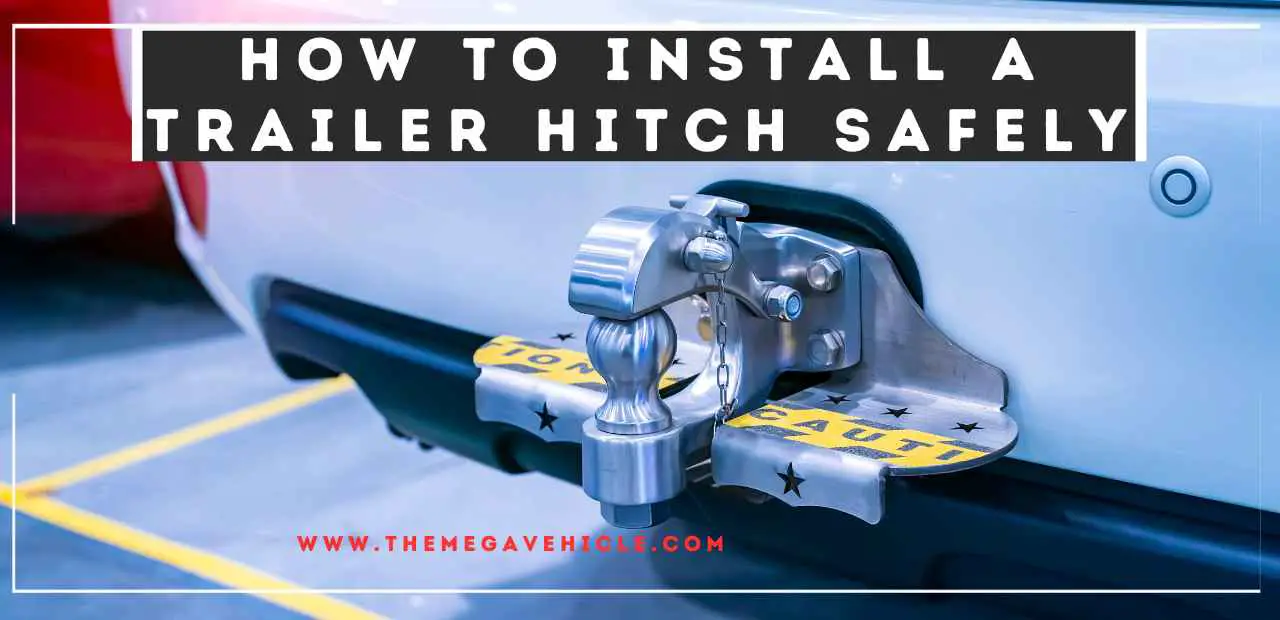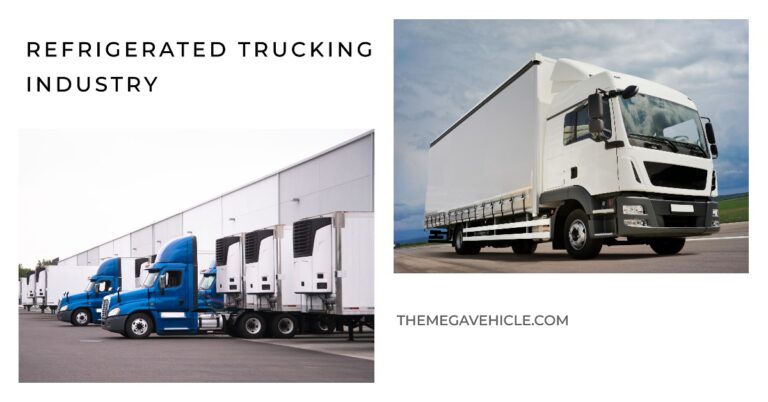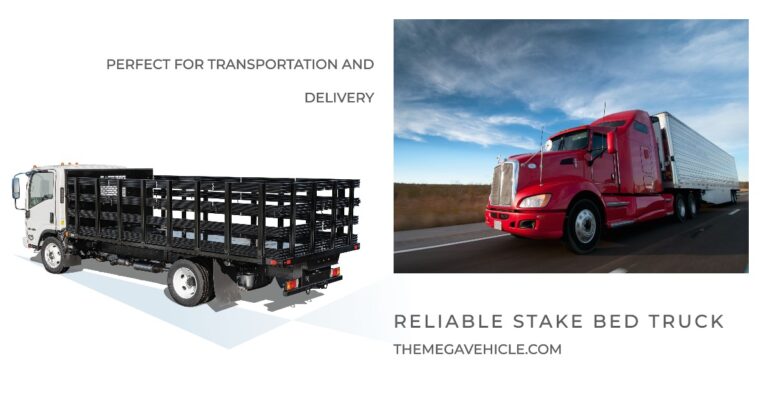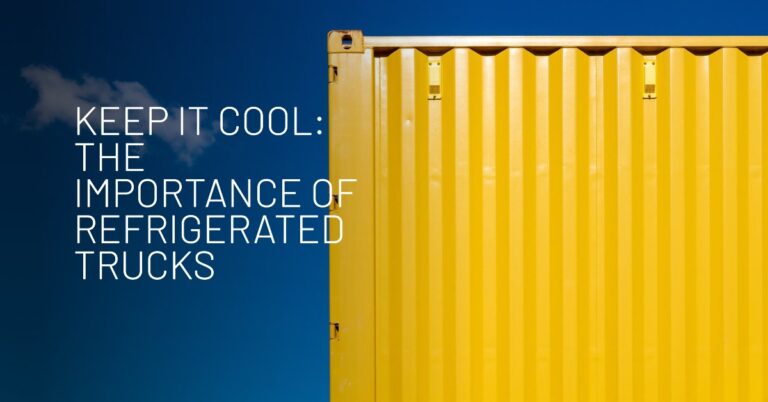How to Install a Trailer Hitch Safely: A Comprehensive Guide

A trailer hitch is a valuable addition to any vehicle, providing a safe and convenient way to tow trailers, boats, and other vehicles, which can be useful for a variety of purposes, including:
- Recreational activities: Camping, boating, fishing, and other outdoor activities can all be enhanced by the ability to tow a trailer.
- Work projects: Contractors and other professionals can use trailer hitches to transport equipment, materials, and supplies to job sites.
- Household chores: Moving furniture, appliances, and other large items is easier with a trailer hitch.
In addition to their practical benefits, trailer hitches can also improve the safety and performance of your vehicle. A properly installed trailer hitch can:
- Distribute weight evenly: This can help to improve handling and reduce the risk of accidents.
- Reduce wear and tear: Towing a trailer with a hitch can help to reduce wear and tear on your vehicle’s engine and transmission.
- Extend the life of your vehicle: By properly maintaining your trailer hitch and using it to tow safely, you can extend the life of your vehicle.
Essential Tools and Materials for Trailer Hitch Installation
Installing a trailer hitch is a relatively easy automotive task, but you’ll need the right tools and materials to get the job done. You will need the following tools and materials:
- Trailer hitch: Make sure the hitch is compatible with your vehicle’s make, model, and year.
- Ball mount: This is the piece that attaches the trailer hitch to the trailer.
- Hitch bar: This is the piece that connects the ball mount to the trailer.
- Drawbar pin: This is the pin that secures the hitch bar to the ball mount.
- Retainer clip: This is the clip that holds the drawbar pin in place.
- Wrenches or sockets: You will need a variety of wrenches or sockets to install the trailer hitch.
- Torque wrench: A torque wrench is necessary to ensure that the bolts are tightened to the correct specifications.
- Penetrating oil: Penetrating oil can be used to loosen any rusty or corroded bolts.
- Wire brush: A wire brush can be used to clean the mounting area before installing the trailer hitch.
- Safety glasses: Safety glasses are important to protect your eyes from flying debris.
- Gloves: Gloves are important to protect your hands from cuts and scrapes.
Additional tools and materials that may be needed:
- Jack and jack stands: A jack and jack stands may be needed to raise the vehicle so that you can access the mounting area.
- Power drill: A power drill may be needed to drill holes in the frame rails if your vehicle does not have pre-drilled holes.
- Cutting tool: A cutting tool may be needed to trim the bumper or other parts of the vehicle to make room for the trailer hitch.
Once you have gathered all of the necessary tools and materials, you can begin the installation process.
How to Install a Trailer Hitch: A Step-by-Step Guide
It’s important to follow the steps carefully to ensure a safe and successful installation. Here is a step-by-step guide on how to install a trailer hitch:
Step 1. Prepare your vehicle
- Remove the spare tire, if necessary.
- Lower the exhaust.
- If your vehicle has a plastic bumper, you may need to remove it as well.
- Clean the mounting area with a wire brush and penetrating oil. This will help to remove any rust or dirt that could interfere with the installation.
Step 2. Position the trailer hitch
- Have a friend help you lift the trailer hitch into position.
- Make sure the hitch is centered on the frame rails and that the holes in the hitch align with the holes in the frame.
- If your vehicle does not have pre-drilled holes for the hitch mount, you will need to drill them yourself. Be sure to use the correct drill bit size and to follow the manufacturer’s instructions carefully.
Step 3. Install the mounting bolts
- Start by threading the center bolts into the holes on both sides of the frame.
- Once the center bolts are started, install the remaining bolts.
- Use a torque wrench to tighten the bolts to the manufacturer’s specifications.
Step 4. Reinstall the spare tire and exhaust
Once the trailer hitch is installed, you need to reinstall the spare tire and exhaust. Be sure to tighten all of the bolts and clamps to the manufacturer’s specifications.
Step 5. Attach the ball mount and hitch bar to the receiver hitch
Next, you need to attach the ball mount and hitch bar to the receiver hitch. To attach the ball mount, insert the ball mount shank into the receiver hitch. Then, secure the ball mount with the bolts and washers that came with the trailer hitch.
To attach the hitch bar, insert the hitch bar into the ball mount. Then, secure the hitch bar with the drawbar pin and retainer clip.
Step 6. Insert the Drawbar Pin and Retainer Clip
The drawbar pin and retainer clip are what hold the hitch bar in place. To insert the drawbar pin, line up the holes in the hitch bar and the receiver hitch. Then, insert the drawbar pin through the holes and secure it with the retainer clip.
Once you have completed these steps, the trailer hitch will be installed and ready for use.
Here are some additional tips for trailer hitch installation:
- Be careful not to overtighten the mounting bolts. This can damage the hitch or the frame rails.
- If you are not comfortable installing the hitch yourself, you can take it to a professional mechanic.
- Make sure to check the trailer hitch and mounting bolts regularly for any signs of wear or damage.
Final Steps and Safety Considerations
I. Double-checking the hitch installation for stability
Once you have completed the trailer hitch installation, it is important to double-check the stability to ensure that it is properly secured and will not loosen or fail while towing. Here are some things to check:
- Make sure that all bolts and nuts are properly tightened to the manufacturer’s specifications.
- Check the hitch for any signs of damage, such as cracks or bends.
- Make sure that the ball mount and hitch bar are properly secured to the receiver hitch.
- Check the drawbar pin to make sure that it is properly inserted and secured with the retainer clip.
II. Reassembling any removed components
If you removed any components during the installation process, such as the spare tire or exhaust, be sure to reassemble them properly.
III. Conducting a test drive to ensure proper towing functionality
Once the hitch is installed and all components are reassembled, it is important to conduct a test drive to make sure that the hitch is functioning properly and that the vehicle can tow the trailer without any problems. Here are some things to check:
- Make sure that the trailer hitch does not rattle or shake while driving.
- Make sure that the vehicle can accelerate, brake, and turn without any problems.
- Make sure that the trailer hitch can support the weight of the trailer.
By following these steps, you can help to ensure a safe and enjoyable towing experience.
Safety Tips:
- Always wear safety glasses and gloves when working on your vehicle.
- Be careful not to trap your fingers or hands when lifting the hitch into position.
- Make sure the hitch is properly secured to the vehicle before towing anything.
- Never modify the trailer hitch in any way.
- Do not drill holes into the hitch.
- Never weld a hitch to the vehicle frame.
- Follow all instructions that come with your trailer hitch.
How to Choose the Right Trailer Hitch for Your Vehicle
Choosing the right trailer hitch is essential for safe and reliable towing. With so many different trailer hitches on the market, it can be difficult to know which one is right for your needs. Here are some important factors to consider when choosing a trailer hitch:
- Towing capacity: The towing capacity of your vehicle is the maximum amount of weight that it can safely tow. This number will be listed in your vehicle’s owner’s manual. Make sure to choose a trailer hitch that has a towing capacity that is equal to or greater than the towing capacity of your vehicle.
- Hitch class: Trailer hitches are classified into five classes, based on their towing capacity. Class 1 hitches have the lowest towing capacity, while Class 5 hitches have the highest towing capacity. Choose a hitch class that is appropriate for the type of trailer you plan to tow.
- Receiver size: The receiver size is the size of the square opening on the hitch that the ball mount inserts into. Choose a hitch receiver size that is compatible with the ball mount you plan to use.
- Installation type: Trailer hitches can be either bolt-on or weld-on. Bolt-on hitches are the easiest to install, but weld-on hitches are more secure. Choose an installation type that you are comfortable with and that is compatible with your vehicle.
- Features: Some trailer hitches come with additional features, such as a built-in trailer brake controller or a wiring harness. Consider which features are important to you and choose a hitch that has them.
Here are some additional tips for choosing the right trailer hitch for your vehicle:
- Read reviews of different trailer hitches before you make a purchase. This can help you to learn about the pros and cons of different models.
- Talk to a trailer hitch expert at a local auto parts store or trailer dealership. They can help you to choose the right hitch for your needs and budget.
- Don’t forget to factor in the cost of installation when you are budgeting for a trailer hitch.
Trailer Hitch Class Comparison
| Hitch Class | Receiver Size | Towing Capacity (lbs) | Tongue Weight Capacity (lbs) |
|---|---|---|---|
| Class I | 1-1/4″ | 2,000 | 200 |
| Class II | 1-1/4″ | 3,500 | 350 |
| Class III | 2″ | 5,000 | 500 |
| Class IV | 2″ | 10,000 | 1,000 |
| Class V | 2″ or 2-1/2″ | 12,000+ | 1,200+ |
Examples of common applications for each hitch class:
- Class I: Bike racks, cargo carriers, jet skis, small trailers
- Class II: Medium trailers, pop-up campers, small boats, ATVs, motorcycles
- Class III: Large trailers, travel trailers, boats, horse trailers, dirt bikes
- Class IV: Heavy-duty trailers, campers, boats, fifth wheels
- Class V: Commercial-grade trailers, fifth wheels, heavy equipment
Note: These are general guidelines. It is important to consult your vehicle’s owner’s manual to determine the specific towing capacity of your vehicle.
It is important to choose a trailer hitch that is compatible with your vehicle’s towing capacity and the type of trailer you plan to tow. If you are unsure about which hitch class to choose, consult with a qualified professional.
DIY or Professional Trailer Hitch Installation: Which is Right for You?
Whether to install a trailer hitch yourself or get a professional’s help depends on your skill level, experience, and the complexity of the installation.
If you are comfortable working with tools and have some experience with automotive repairs, you may be able to install a trailer hitch yourself. There are many helpful resources available online and in libraries that can guide you through the process.
However, if you are not comfortable working with tools or do not have experience with automotive repairs, it is best to get a professional’s help. A professional mechanic will have the experience and tools necessary to install the trailer hitch safely and correctly.
Here are some of the pros and cons of DIY and professional trailer hitch installation:
DIY installation
- Pros:
- Can save money on labor costs
- More flexible scheduling options
- Sense of accomplishment
- Cons:
- May require specialized tools and equipment
- Can be time-consuming and challenging
- Risk of making a mistake and damaging the vehicle
Professional installation
- Pros:
- Guaranteed quality workmanship
- Access to specialized tools and equipment
- Peace of mind knowing that the hitch is installed correctly and safely
- Cons:
- Labor costs can be significant
- May require an appointment and scheduling around the mechanic’s availability
- May not be able to get the hitch installed as quickly as you would like
Here are some tips for choosing a professional trailer hitch installer:
- Get multiple quotes from different installers.
- Ask about the installer’s experience and qualifications.
- Make sure the installer is licensed and insured.
- Read online reviews of the installer.
- Get a written estimate of the cost of the installation.
No matter whether you choose to install the trailer hitch yourself or get a professional’s help, be sure to follow the manufacturer’s instructions carefully.






